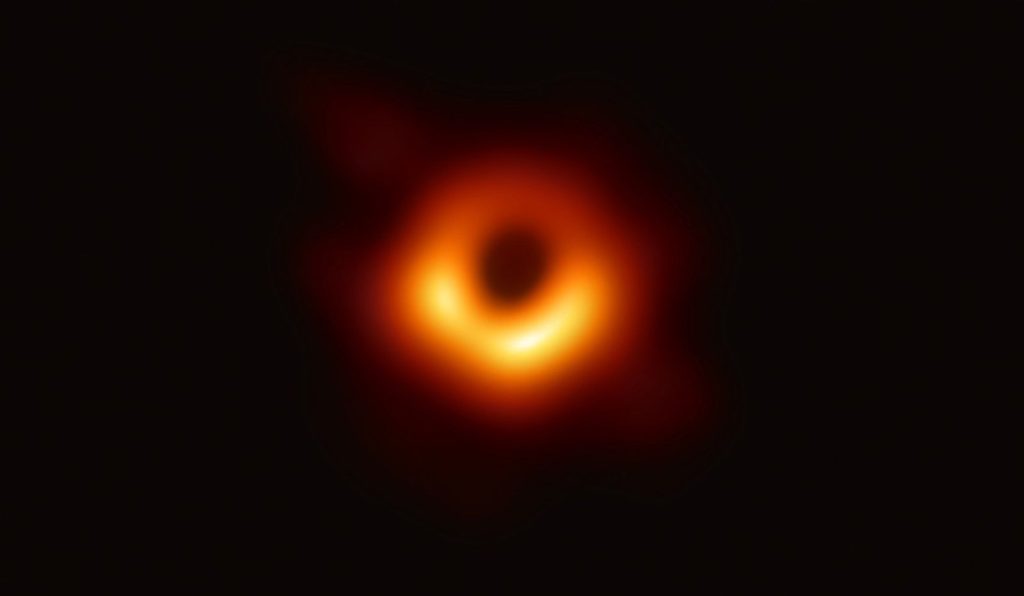As May arrives, the balance between daylight and darkness continues to shift. Longer evenings mean fewer hours of true darkness, but clearer skies and milder nights make it one of the most pleasant times of year to be outside looking up. Sunset will be at around 9 pm at the beginning of May, and just before 10 pm by the end of the month. While we begin to trade deep night observing for twilight stargazing, May still offers plenty to see – here’s what to watch for.
Eta Aquariids
This month our starship Earth passes through the path of the world’s most famous comet, Halley’s comet. This infrequent visitor to Earth appears in the night sky every 75 years and remains visible by the naked eye for several weeks. Along its long orbit is a trail of dust and ice which is shed by the comet as it melts under the heat of the Sun. As we orbit around the Sun we intersect this trail of debris twice per year. The resulting meteor showers are the Eta Aquariids and the Orionids which occur in April/May and October respectively. On the 5th of May this year we’ll see the peak of Eta Aquariids with nearly 40 meteors an hour blazing across our night sky in Ireland. These pieces of rock and ice, travelling at up to 70 kilometres per second, will disintegrate in our atmosphere and appear as brief bright streaks. These should appear between midnight and morning and originate low in the sky from the constellation Aquarius. If you’re out in the early summer morning before sunrise, remember to look east and watch out for the pieces of Halley’s comet burning up above you.
Spica, M87, and Black Holes
May offers a fantastic opportunity to go out and see our brightest stars. Spica is among the brightest stars in the night sky and the brightest in the constellation Virgo. Look south after 11pm to find it. After focusing on Spica look up and right, to the head of Virgo. Although it can’t be seen with the naked eye, there sits Messier 87, a supergiant elliptical galaxy 53 million light years away. At the heart of this supergiant galaxy lurks a colossal black hole, one billion times more massive than our Sun. It is this black hole which rose to fame in 2019 for being the first to be imaged with high-resolution radio astronomy. Never before had anyone seen the shadow of an individual black hole despite predictions of these strange objects appearing more than 70 years ago. Black holes are more than dead stars, they are holes in the universe from which nothing can escape and because of that they remain, and may forever remain, beyond the limits of our understanding. So, when you find Virgo this May know that over there, far, far away is an enormous galaxy with a dark heart.

The first image of a Black Hole. Credit: Event Horizon Telescope
Noctilucent Clouds
Due to the time of year, Earth’s tilt and Ireland’s location so far north, the Sun will not set far below the horizon this month, and as we reach the latter half of May, we will begin to experience noctilucent clouds. These are thin, wispy clouds that glow silvery blue at nighttime. They are made up of tiny ice crystals and can be seen throughout the summer months, although they are more frequent in June and July. Noctilucent clouds are the highest clouds in our atmosphere and during this period, the Sun will illuminate these clouds from below, causing them to shimmer.
Planets
This month we will be saying goodbye to Jupiter, look to the west just after sunset to find it low in the sky. Jupiter is getting closer to the Sun every day and this will be your last opportunity to observe the giant planet until we see it again in September in the early morning sky.
The red planet of Mars can be seen all month long in the southwest, setting in the early hours of the morning. You can find Mars in the constellation of Cancer, between Leo and Gemini. The bright stars of Pollux and Castor that represent the twin heads of Gemini are easy to spot, and you can’t miss the bright, backwards question mark shape that represents the head of Leo the lion. Look between these to find Mars shining with a reddish hue.
Venus and Saturn are also both visible in the early morning during May, just before sunrise. They are quite close to the Sun, so you don’t have long to catch a glimpse of them. Venus will be very bright as usual, while Saturn will become easier to see by the end of the month as it gets further from the Sun from our perspective. You will have to be up very early, or awake very late, to catch them however because sunrise will be just after 5 am by the end of May.
Wishing you starry skies!
Blog post written by Jane Dooley


